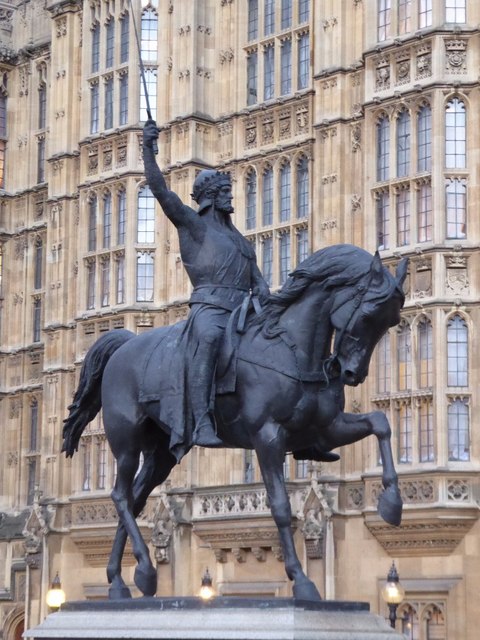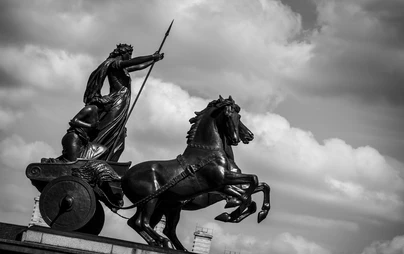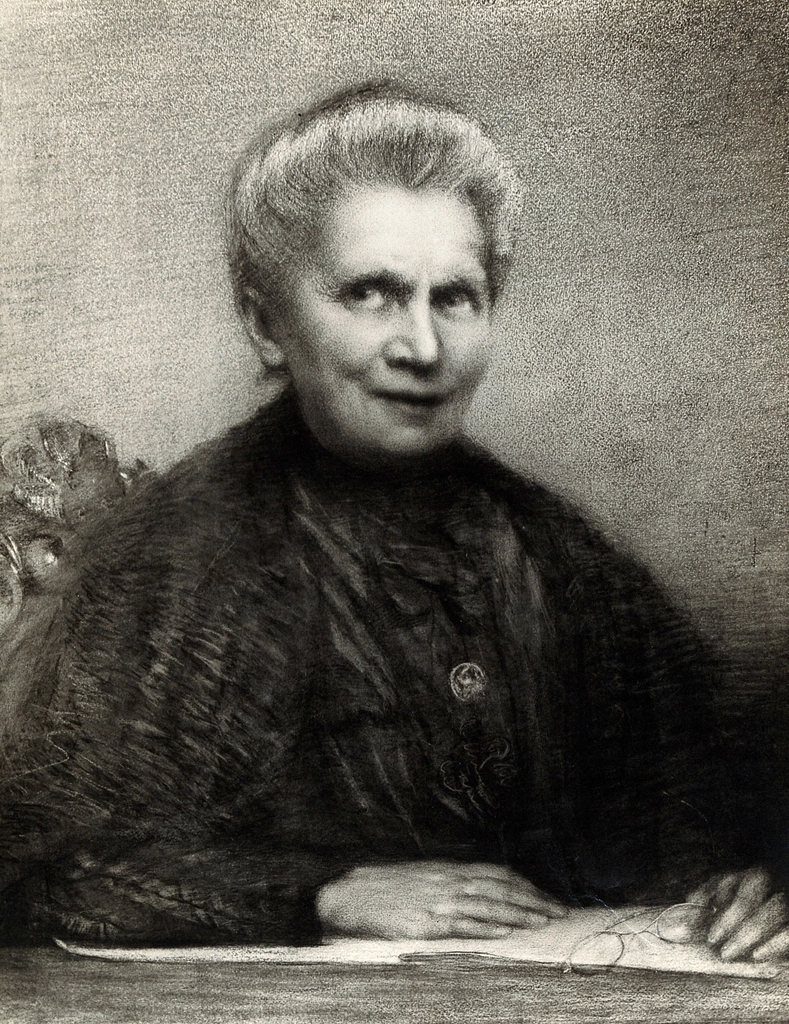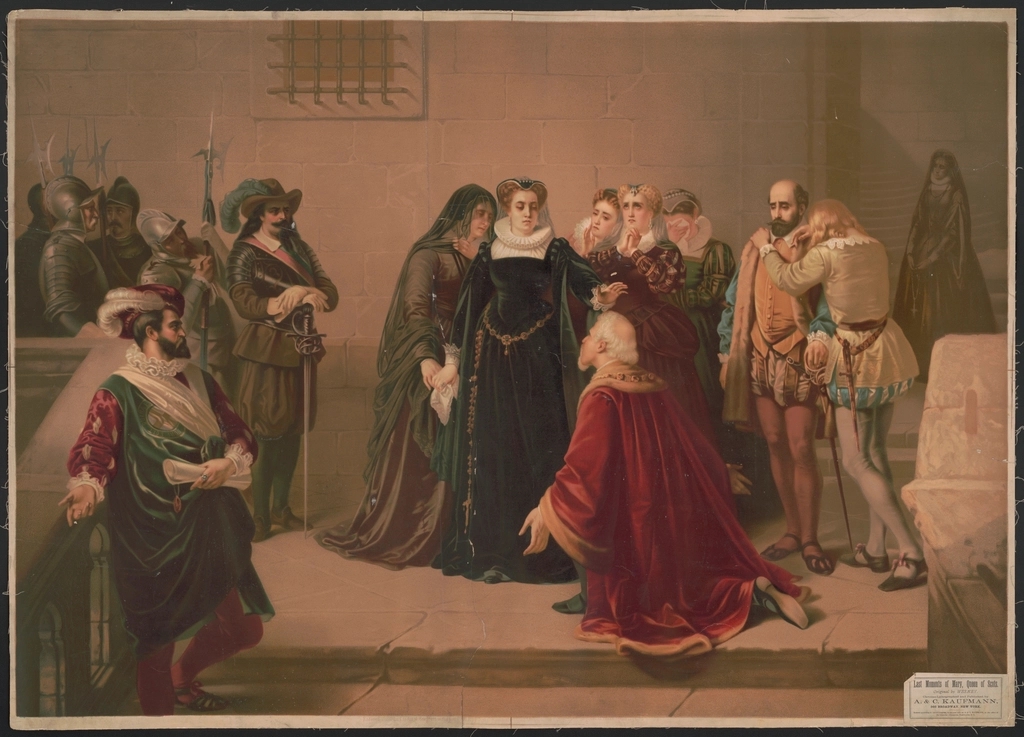Welcome to the legacy of Richard I of England, also known as Richard the Lionheart. Richard was a renowned medieval monarch, famous for his military campaigns, political manoeuvres, and his role in the Third Crusade. In this discussion, we will delve into the life of Richard I, from his early upbringing to his ascension to the throne and his notable military achievements. We will explore the challenges he faced, his legacy, and his impact on medieval England and Europe. So, buckle up and get ready to uncover the fascinating story of one of England’s most celebrated kings.
- Early Life
- Ascension To The Throne
- Military Campaigns And Achievements
- Captivity And Return To England
- Legacy And Historical Impact
Early Life

Richard I of England, also known as Richard the Lionheart, was born on September 8, 1157, in Oxford, England. He was the third legitimate son of King Henry II of England and Eleanor of Aquitaine. Growing up in a royal household, Richard received an education befitting his status, which included training in warfare, politics, and chivalry. He spent much of his early life in his family’s extensive domains in France, particularly in Aquitaine, where he gained valuable experience in governance and military affairs.
Richard’s upbringing was marked by the tensions and power struggles within his family, particularly between his father, Henry II, and his mother, Eleanor, as well as between Richard and his brothers, who were rivals for inheritance and influence. Despite these challenges, Richard developed a reputation for bravery and military prowess from a young age, earning him the nickname “Lionheart.”
As a young man, Richard became embroiled in the complex political landscape of medieval Europe, participating in his family’s conflicts and alliances with other European powers. His early years were characterised by military campaigns and diplomatic manoeuvres as he sought to assert his authority and expand his territories.
Overall, Richard I’s early life was shaped by the expectations and pressures of his royal heritage, as well as the turbulent political climate of medieval Europe. These formative experiences would ultimately influence his reign as king and his legacy as one of England’s most celebrated medieval monarchs.
Ascension To The Throne

Richard I’s accession to the throne of England was a complex process and was marked by political intrigue, familial rivalries, and the aftermath of his father’s reign. Here’s an overview of the events surrounding his accession:
Conflict with His Father: Richard had a tumultuous relationship with his father, King Henry II, who favoured his second son, John, over Richard as his successor. This led to tensions and occasional rebellions by Richard and his brothers against their father’s authority.
Death of Henry II: In 1189, King Henry II died, and Richard’s elder brother, Henry the Young King, had predeceased him. This cleared the path for Richard to succeed his father as King of England.
Coronation Delay: Despite being the rightful heir, Richard’s coronation was delayed due to his absence from England, the need to resolve disputes, and the need to secure support from key nobles and barons.
Crusade and Ransom: Shortly after his father’s death, Richard embarked on the Third Crusade, leaving the governance of England in the hands of regents. During his absence, his brother John and King Philip II of France conspired against him. Richard’s participation in the Crusade and subsequent capture by Leopold V, Duke of Austria, further delayed his coronation. He was only released after the payment of a hefty ransom.
Coronation: Richard I was finally crowned King of England on September 3, 1189, at Westminster Abbey, nearly two years after his father’s death.
Richard’s accession to the throne was thus a protracted and complex process, marked by both external challenges, such as his involvement in the Crusade and his capture, and internal power struggles within his family. Despite these obstacles, Richard eventually secured his position as king and embarked on a reign that would make him one of England’s most renowned medieval monarchs.
Military Campaigns And Achievements
Richard the Lionheart is perhaps best known for his military campaigns, which earned him a reputation as one of medieval Europe’s greatest warrior kings. Some of his most notable campaigns and achievements include:
Dear Lord, I pray Thee to suffer me not to see Thy Holy City, since I cannot deliver it from the hands of Thine enemies.
— Richard the Lionheart’s prayer in 1191 when he saw Jerusalem after his long Crusade
Third Crusade (1189-1192): Richard’s participation in the Third Crusade was one of his most significant military endeavours. He joined forces with King Philip II of France and Emperor Frederick Barbarossa of the Holy Roman Empire to retake Jerusalem from Saladin, the Muslim leader. Richard’s military prowess was evident in battles such as the Siege of Acre and the Battle of Arsuf. Though the Crusaders could not recapture Jerusalem, Richard negotiated a truce with Saladin known as the Treaty of Jaffa, securing access for Christian pilgrims to the holy sites.
Conquest of Cyprus (1191): During the Third Crusade, Richard captured the island of Cyprus from its ruler, Isaac Komnenos, who had allied with Saladin. This conquest provided Richard with a strategic base and naval resources for his further campaigns in the Eastern Mediterranean.
Siege of Acre (1191): Richard played a crucial role in the successful siege of Acre, a key coastal city in the Levant. Despite facing significant logistical challenges and resistance from Saladin’s forces, Richard’s leadership contributed to the eventual capture of the city by the Crusaders.
Battle of Jaffa (1192): In one of the final engagements of the Third Crusade, Richard led the Crusader forces to victory against Saladin’s army at the Battle of Jaffa. This battle demonstrated Richard’s tactical brilliance and his ability to inspire his troops in combat.
Defence of Normandy and Angevin Empire: In addition to his crusading efforts, Richard spent considerable time defending his territories in Normandy and the Angevin Empire (his family’s holdings in France) against incursions from rival nobles and the French king, Philip II. His military leadership helped maintain the stability and integrity of his continental domains.
Richard the Lionheart’s military campaigns and achievements cemented his reputation as a legendary warrior king and contributed to the broader history of the Crusades and medieval Europe. Despite never fully achieving his ultimate goal of reclaiming Jerusalem, his martial prowess and chivalric ideals continue to be celebrated in popular culture and historical accounts.
Captivity And Return To England

Richard the Lionheart was captured and held in captivity during his journey back to England from the Holy Land after the conclusion of the Third Crusade. The events leading to his capture and his eventual release are as follows:
Dispute with Leopold V, Duke of Austria: During his return journey from the Holy Land in 1192, Richard offended Leopold V, Duke of Austria. Richard had insulted Leopold by tearing down his banners at the Siege of Acre, which was seen as a breach of chivalric conduct. As a result, Leopold captured Richard near Vienna and handed him over to Holy Roman Emperor Henry VI.
Ransom and Negotiations: Richard’s captivity led to negotiations between Henry VI and Richard’s supporters for his release. The emperor demanded a hefty ransom for Richard’s freedom, which was eventually paid by the English people, who were heavily taxed to raise the funds. The amount of the ransom was exorbitant, equivalent to around three times the annual revenue of England at the time.
Release and Return to England: In February 1194, after months of negotiations and payment of the ransom, Richard was released from captivity. He returned to England to reclaim his throne and resume his rule. His return was met with jubilation by his subjects, who welcomed him as a hero despite the financial burden his ransom had imposed on them.
Richard’s period of captivity was challenging for England, as his absence allowed his brother John and other nobles to vie for power and influence. However, Richard’s eventual return restored stability to the kingdom and enabled him to continue his reign as King of England until he died in 1199.
Legacy And Historical Impact
Richard the Lionheart left a significant legacy and had a lasting historical impact, which includes:
Military Reputation: Richard was renowned as one of the greatest warrior kings of medieval Europe. His military prowess, bravery, and leadership on the battlefield earned him the epithet “Lionheart.” His campaigns in the Third Crusade, notably his victories at the Siege of Acre and the Battle of Jaffa solidified his reputation as a legendary military leader.
Crusading Legacy: Richard’s participation in the Third Crusade left a lasting impact on the history of the Crusades. Despite not achieving his ultimate goal of reclaiming Jerusalem, his efforts helped to secure important concessions from Saladin and maintain a foothold for Christian pilgrims in the Holy Land. Richard’s legacy as a crusader contributed to the romanticised image of the medieval knight fighting for noble causes.
Cultural Influence: Richard’s life and exploits have inspired numerous works of literature, art, and folklore over the centuries. He features prominently in medieval chronicles, epic poems, and legends, such as the tales of Robin Hood, where he is depicted as a noble but distant monarch. Richard’s romanticised image as a chivalric hero continues to captivate popular imagination.
Political Impact: Despite spending much of his reign abroad, Richard’s rule had a lasting impact on the governance and administration of England. His absence forced the establishment of governmental structures, such as the chancellor’s office, to manage affairs in his absence. Additionally, Richard’s policies and reforms, such as the Assize of Arms and the Truce of God, aimed to maintain law and order in his kingdom.
Dynastic Legacy: Richard’s untimely death without a legitimate heir led to succession struggles and instability in England. His brother John succeeded him as king but faced challenges to his rule, leading to the signing of the Magna Carta in 1215. Richard’s reign contributed to the broader evolution of the English monarchy and the establishment of principles of governance and law that shaped England’s future.
Overall, Richard the Lionheart’s legacy encompasses his military achievements, cultural impact, political legacy, and contributions to the broader historical narrative of medieval Europe. He remains a figure of fascination and admiration in popular culture and historical scholarship.






Leave a comment